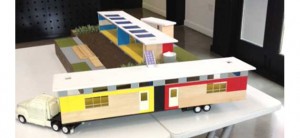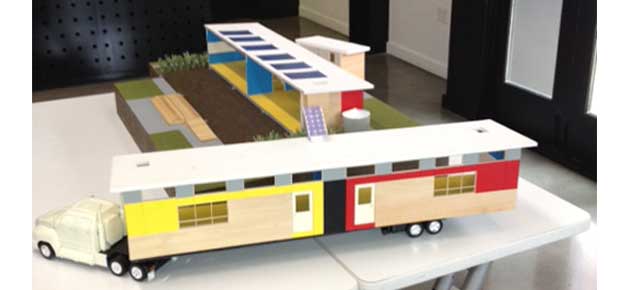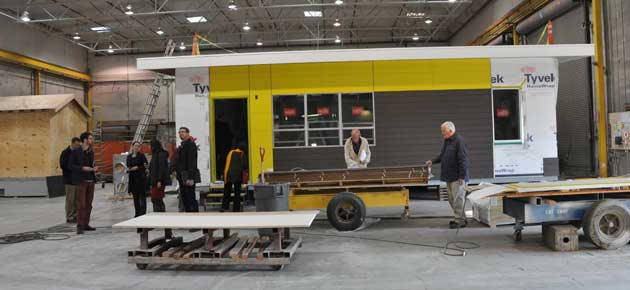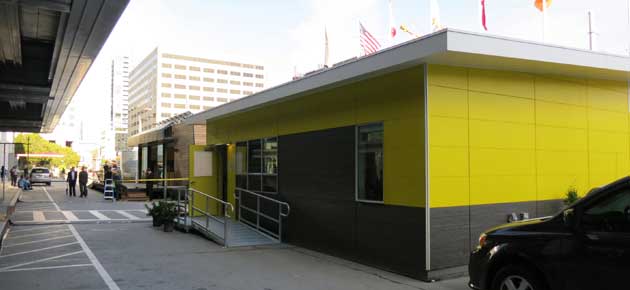
School districts in Oregon have limited money for capital projects, including major renovations or additions. To deal with fluctuating school enrollment, districts use operating funds to purchase temporary, portable manufactured buildings. These portable classrooms often become permanent structures due to the need for extensive infrastructure investments on site. Perceived as temporary, these portable classrooms are usually made at the lowest price possible, resulting in an inferior, inefficient, and unhealthy educational environment.
The Oregon Solutions Green Modular Classrooms project was designated by the governor in 2011, which resulted in the formation of a multi-partner team of public agencies and commercial entities that supported the development of the project. The project aimed to design, develop, test, and monitor a prototype modular classroom that is a healthy and financially viable alternative to what is currently on the market. This project sought to use existing technology and resources to improve these portable classrooms, while keeping costs low and supporting local economic development. Portland State University faculty and students in architecture and engineering led the design process, while Blazer Industries, an Oregon-based modular manufacturer, built the prototype. Two national portable distributors, M Space and Pacific Mobile, agreed to purchase initial prototype buildings.
Governor’s Designation Letter (PDF)
Declaration of Cooperation (PDF)
Solution
The project team has engaged with school districts throughout the Pacific Northwest to provide input on modular use and to purchase a classroom. Once the prototypes have been sited, PSU faculty and students will continue research on the models through real time monitoring, allowing students the opportunity to investigate air quality, thermal comfort, lighting levels, general performance of building materials, and occupant interaction and satisfaction with the building.
Results
In 2012, The SAGE prototype was introduced at the National Green Building Conference in San Francisco. The SAGE classroom received a 2013 SEED award for Social, Economic, and Environmental Design.
As of fall 2016, there are a total of fifty-nine SAGE classrooms that have been installed at thirty-two schools around the Pacific Northwest, ranging from the Seattle area to Corvallis. The SAGE classrooms at Lincoln High School in Portland, Oregon, will hold classes in finance, business management, marketing, and social entrepreneurship, as well as theory, government, economics, and anthropology courses. Student-run clubs will meet in the classrooms at lunchtime, and teachers plan to host guest speakers from the business community. Other successes include:
- Project team developed a design that is currently being produced by Blazer industries, in Aumsville, Oregon
- Model unit on display at premier sustainable building conference, GreenBuild in San Francisco, November 2012
- City of Gervais planning to purchase and install ten units for 2013 school year




